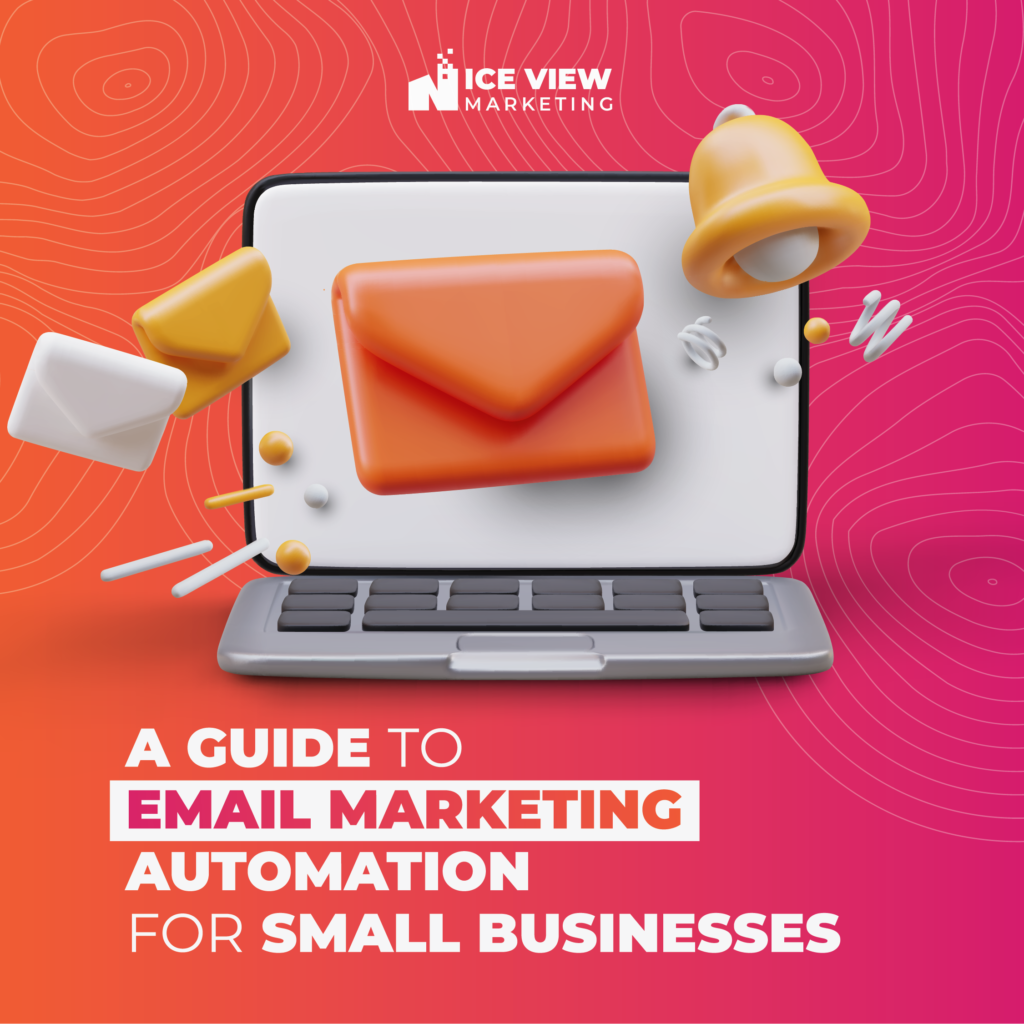
In the ever-evolving landscape of digital marketing, small businesses often find themselves navigating a complex web of strategies to stay competitive. One such strategy that has proven to be a game-changer is Email Marketing Automation. This powerful tool not only saves time but also enhances customer engagement, driving results that matter.
What is Email Marketing Automation?
Email Marketing Automation is not just about sending out bulk emails; it’s about delivering personalized and timely content to the right audience. Small businesses can leverage automation to nurture leads, segment their audience, and maintain consistent communication throughout the customer journey.
Why Email Marketing Automation Matters?
Email marketing automation isn’t just for big corporations with extensive marketing budgets. Small businesses, too, can benefit greatly from the efficiency and precision that automation brings to the table. From personalized customer journeys to targeted campaigns, automation allows you to engage with your audience in a meaningful way, ultimately driving conversions and revenue.
Key Benefits for Small Businesses
- Time Efficiency: With automation, you can schedule and send emails at optimal times, ensuring your message reaches your audience when they are most likely to engage.
- Personalization: Tailor your messages based on customer behavior, preferences, and demographics, creating a personalized experience that fosters customer loyalty.
- Increased Engagement: Automation enables you to send relevant content, leading to higher open and click-through rates, ultimately driving more conversions.
Implementing a Successful Email Marketing Automation Strategy
Step 1: Building a Quality Email List
Ensure your email list is composed of engaged and interested subscribers. Implement sign-up forms on your website, leverage lead magnets, and regularly clean your list to maintain its quality.
Step 2: Choosing the Right Automation Tools
Selecting the right email marketing automation tool is crucial for success. Consider factors such as ease of use, features, and pricing. Popular options for small businesses include Mailchimp, Sendinblue, and HubSpot.
Step 3: Crafting Compelling Email Sequences
Design engaging email sequences that guide your audience through their customer journey. From welcome emails to post-purchase follow-ups, each message should add value and encourage desired actions.
Email marketing automation has become an indispensable tool for small businesses looking to enhance their digital presence and boost customer engagement. By understanding the fundamentals, embracing personalized content, and implementing a strategic approach, small businesses can unlock the full potential of email marketing automation. Start your journey toward success today by incorporating these tips into your email marketing strategy.
